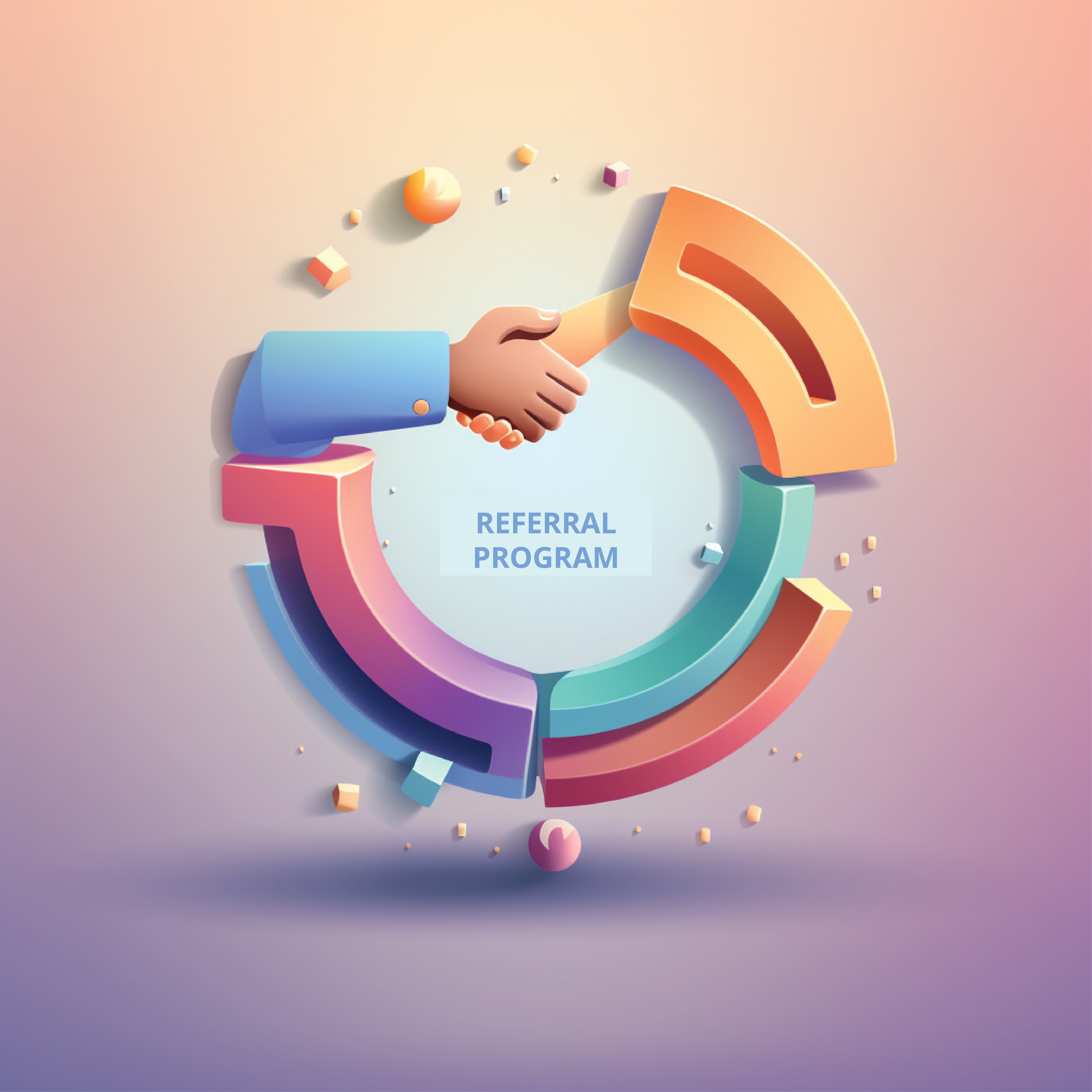
A Comprehensive Guide to Underwriting in Embedded Lending for B2B SaaS Platforms
Embedded lending is a growing trend in the B2B SaaS space. By embedding lending capabilities into their software, SaaS providers can offer their customers a convenient and seamless way to finance their purchases. But even though embedded lending is a new way of lending money, underwriting is still a critical component since it helps to protect both the lender and the borrower. This process helps to reduce the risk of default and loss. A survey by the American Bankers Association found that 82% of bankers believe that underwriting is essential for protecting the lender from risk. Also, Ivan Kustic, Vice President of MetroGroup Realty Finance, said that life insurance companies with conservative underwriting and lower loan-to-value ratios are always consistently low in delinquencies in an interview given to GlobeSt.com.
And this process is more important today since Americans are going through a deep crisis in terms of credit records. According to data from the Consumer Financial Protection Bureau, approximately 26% of consumers have credit scores below 620, which is considered subprime. These individuals may face challenges in accessing credit or obtaining favorable loan terms due to their lower credit scores, despite other indicators of financial stability. Also, some consumers may have "thin" credit files with limited credit history. According to Experian, approximately 62 million consumers in the United States have thin credit files, meaning they have fewer than five credit accounts or a limited credit history. These individuals may also face challenges in accessing credit or obtaining favorable loan terms due to their limited credit history, even if they have stable employment and income. This means that new ways to assess credit scores could be the solution for those Americans with thin credit files.
There are two main types of underwriting. The traditional method is Manual underwriting, where a human loan officer reviews the borrower's application and credit history. However big data technology led to the creation of the second one, automated underwriting. This is a more efficient and cost-effective method of underwriting, where a computer program uses algorithms to assess the borrower's creditworthiness. According to the Federal Deposit Insurance Corporation (FDIC), manual underwriting is the most common type of underwriting used by banks, but a study by the McKinsey Global Institute found that automated underwriting is becoming increasingly popular, with 40% of banks using it to underwrite at least some of their loans.
Using technology to assess the creditworthiness of a borrower as is done in embedded lending is much more effective than the traditional methods. A study by the Federal Reserve Bank of New York found that loans that were underwritten using a traditional manual process had a 20% higher default rate than loans that were underwritten using an automated process. But despite the use of technology, underwriting in embedded lending is facing several challenges.
One of them is the volume of applications. According to a report by the Center for Responsible Lending, the volume of applications for embedded loans is expected to grow by 20% per year. If that happens, embedded lending platforms could receive a large volume of applications, making it difficult to underwrite all of them manually especially if we consider that the industry is going to grow exponentially as shown in the chart below for the next years to come.

Another challenge is the complexity of the applications. Embedded lending applications can be complex when it comes to SaaS customers or retailers, which can make it difficult to use manual underwriting. A survey by the National Retail Federation found that 40% of retailers find it difficult to assess the creditworthiness of their customers. For example, if a person has a great job earning an excellent salary but has never asked for a loan or used credit before, the credit score will likely be low even though the person can repay the credit. According to the Consumer Financial Protection Bureau (CFPB), approximately 26 million adults in the United States are considered "credit invisible," meaning they have no credit history with nationwide credit reporting agencies. This represents about 11% of U.S. adults. Also, research by the Urban Institute indicates that credit invisibility disproportionately affects certain demographic groups, such as young adults, immigrants, and individuals with low incomes. These individuals may face challenges in accessing credit or obtaining favorable loan terms due to their lack of credit history, even if they have stable employment and income.
That is why some studies suggest that incorporating alternative data sources beyond traditional credit scores can provide a more comprehensive view of a borrower's creditworthiness. For example, a study by the Consumer Financial Protection Bureau found that alternative data, such as rental payment history and utility payments, could help assess the creditworthiness of credit-invisible consumers and expand access to credit for underserved populations. One example of alternative data is what embedded lending companies use with SAAS platforms, where they take into account the sales amounts of merchants to assess credit conditions.
Embedded lending is a growing trend that has the potential to provide borrowers with convenient and affordable access to credit. By carefully considering the factors that are important in underwriting, lenders can help to ensure that embedded lending is a safe and responsible lending practice.
#EmbeddedLending #B2BSaaS #UnderwritingProcess #CreditRiskManagement #ManualUnderwriting #AutomatedUnderwriting #FinancialTechnology #CreditScoreAssessment #LoanDefaultRates #CreditInvisibility #AlternativeCreditData #SaaSPlatforms #PaymentProcessors #MarketplaceLending #DigitalLendingTrends #ConsumerCredit #LoanApplications #BigDataLending #FinTechInnovation #CreditworthinessAssessment














































.png)




















































































































.png)





.png)







